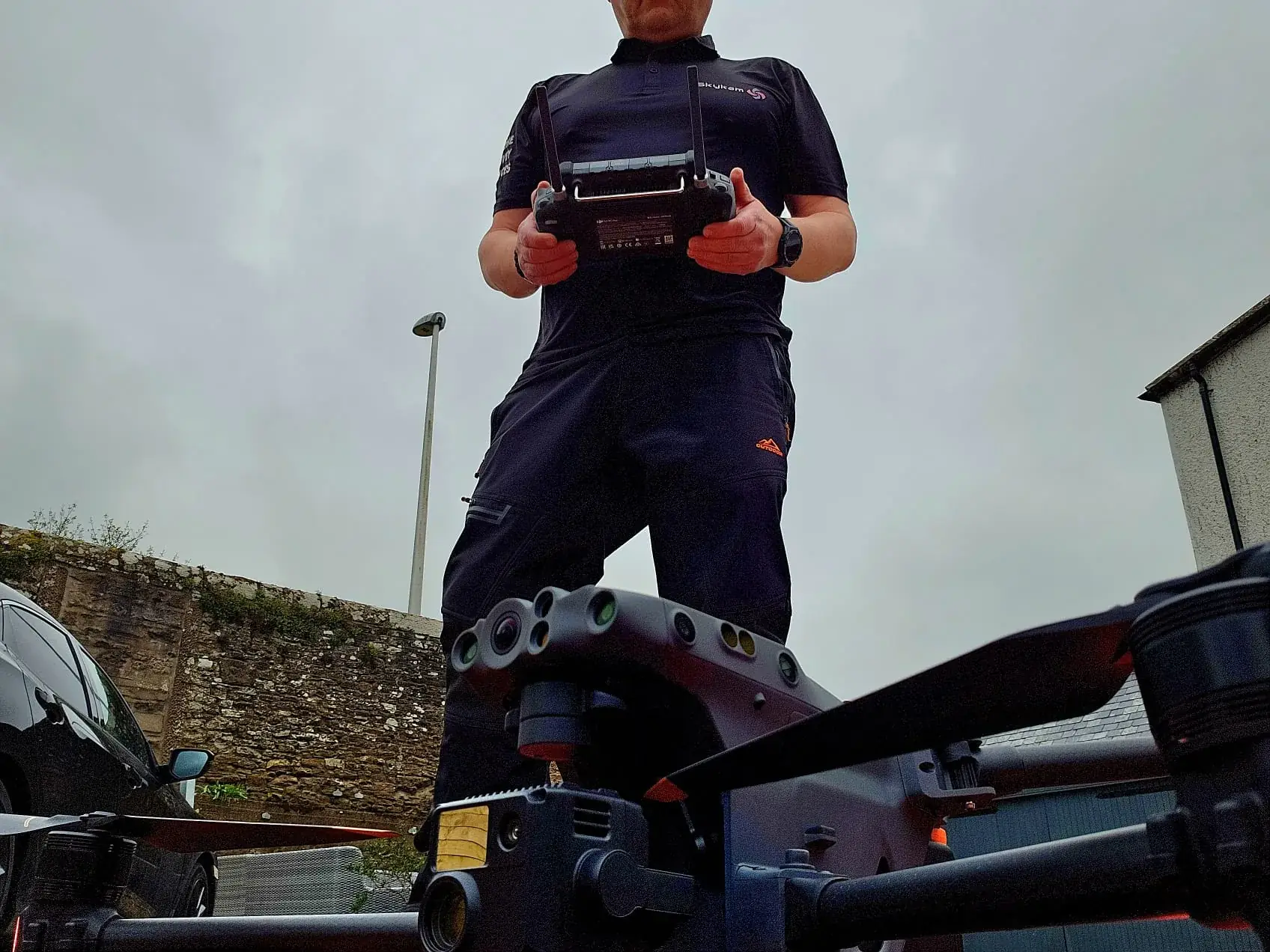
You've probably heard you can't fly a drone just anywhere. The technology largely responsible for this is called geo-fencing, which creates invisible boundaries for your drone using GPS coordinates.
It prevents flight into sensitive areas like airports.
But how does a drone actually "see" these no-fly zones, and what happens when it flies too close? The full mechanics reveal a sophisticated system that's essential for responsible flight.
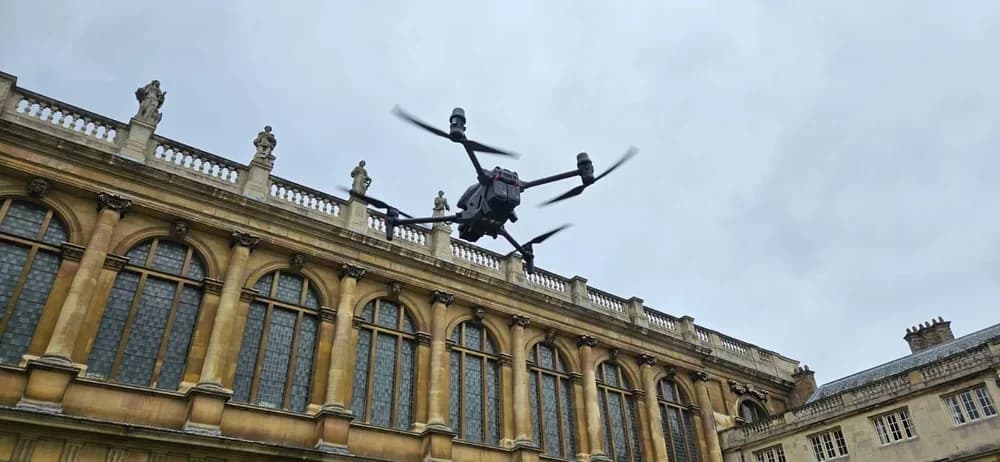
30 Second Summary
- Geo-fencing is a virtual boundary system that uses GPS to create digital fences around real-world locations.
- It prevents drones from entering sensitive or restricted airspace, such as airports, prisons, and emergency sites.
- The system automatically triggers actions like stopping or landing if the drone approaches a no-fly zone boundary.
- Boundaries can be static for permanent no-fly zones or dynamic for temporary restrictions like emergencies.
- This technology enhances aviation safety and helps ensure drones comply with legal and regulatory requirements.
what is drone geo fencing
Think of drone geo-fencing as an invisible safety barrier. It’s a virtual boundary system that uses GPS technology to create digital fences around real-world locations. You can't see these zones, but your drone can.
The system's primary goal is to restrict or prevent your drone from flying into sensitive airspace, like airports, prisons, or large public events. It’s a proactive safety measure designed to guide your flight path.
Geo-fencing constantly tracks your drone’s location in real-time. If you attempt to fly into or take off within one of these restricted areas, the system triggers a predefined action.
For example, your drone might just stop at the boundary, refusing to cross, or it could initiate an automatic landing. It's a crucial feature that helps you operate your drone responsibly, stay compliant with airspace regulations, and prevent accidental intrusions before they happen.
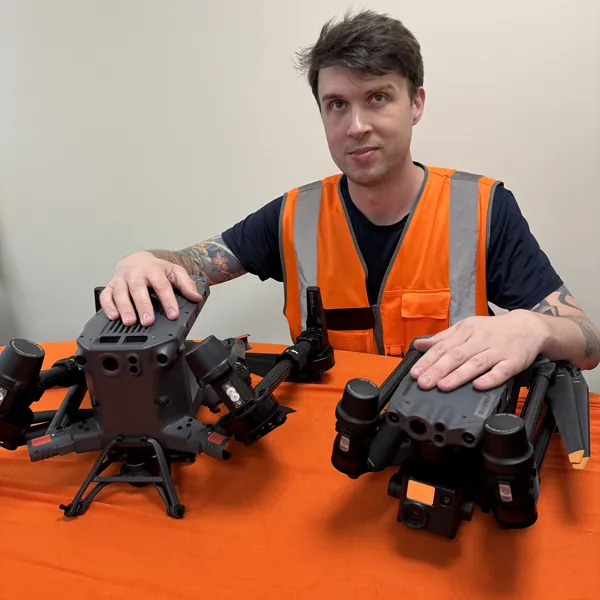
How Drone Geo Fencing Works
Geo-fencing works by combining GPS coordinates with virtual perimeters to establish boundaries around restricted areas. Think of it as an invisible fence for your drone.
Your drone’s built-in GPS receiver constantly checks its real-time location against a database of these zones, which are defined by coordinates and specific radii. It continuously calculates whether you’re flying in a safe, authorized area.
If your drone's system detects you're approaching or entering one of these restricted zones, it automatically triggers a response. This action is determined by the manufacturer’s programming. For instance, the system may prevent your drone from taking off altogether if you're inside a no-fly zone.
If you’re already airborne, it might force the drone to hover at the boundary, automatically turn around, or send an immediate alert directly to you, the drone operator, through your controller.
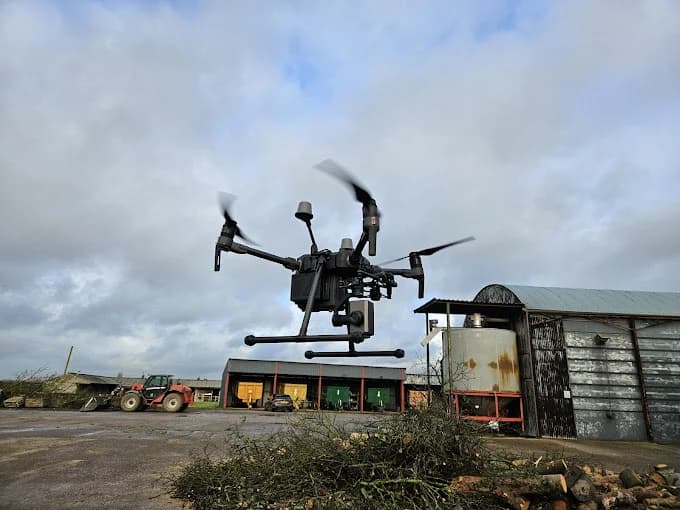
Types of Drone Geo-Fencing
You'll find that geo-fencing isn't a one-size-fits-all solution for your drone operations. Instead, it's categorized into two primary types: static and dynamic geo-fencing. Each one offers a different approach to creating virtual boundaries.
Static geo-fencing
Because certain areas must always remain off-limits, static geo-fencing creates fixed boundaries around permanent no-fly zones like airports, government buildings, and critical infrastructure. These digital fences are pre-programmed into your drone’s software and don't change. Think of them as permanent walls in the sky that stay in the same place, ensuring these sensitive locations are always protected from unauthorized drone flights.
When you fly your drone near one of these zones, the system prevents you from entering. Your drone may stop at the boundary, refuse to take off within the area, or automatically return. You'll find these boundaries are consistently enforced through firmware updates from the manufacturer, providing a reliable layer of safety for everyone without you having to manually configure anything.
Dynamic geo-fencing
While static fences are permanent, dynamic geo-fencing creates temporary no-fly zones that adapt to real-time situations. Imagine you're flying your drone near a sudden emergency like a wildfire. A dynamic geo-fence can instantly appear on your map, preventing you from entering the temporary flight restriction TFR zone.
These flexible boundaries aren't fixed; they adjust based on predetermined criteria from live data feeds. You'll find new no-fly zones can be established due to changing weather conditions, like high winds, or for public safety during large events. This adaptability is crucial.
It lets you respond to changing circumstances immediately while ensuring you're always following safety protocols and avoiding active emergency response areas. You gain immense flexibility without sacrificing safety in your drone operations.
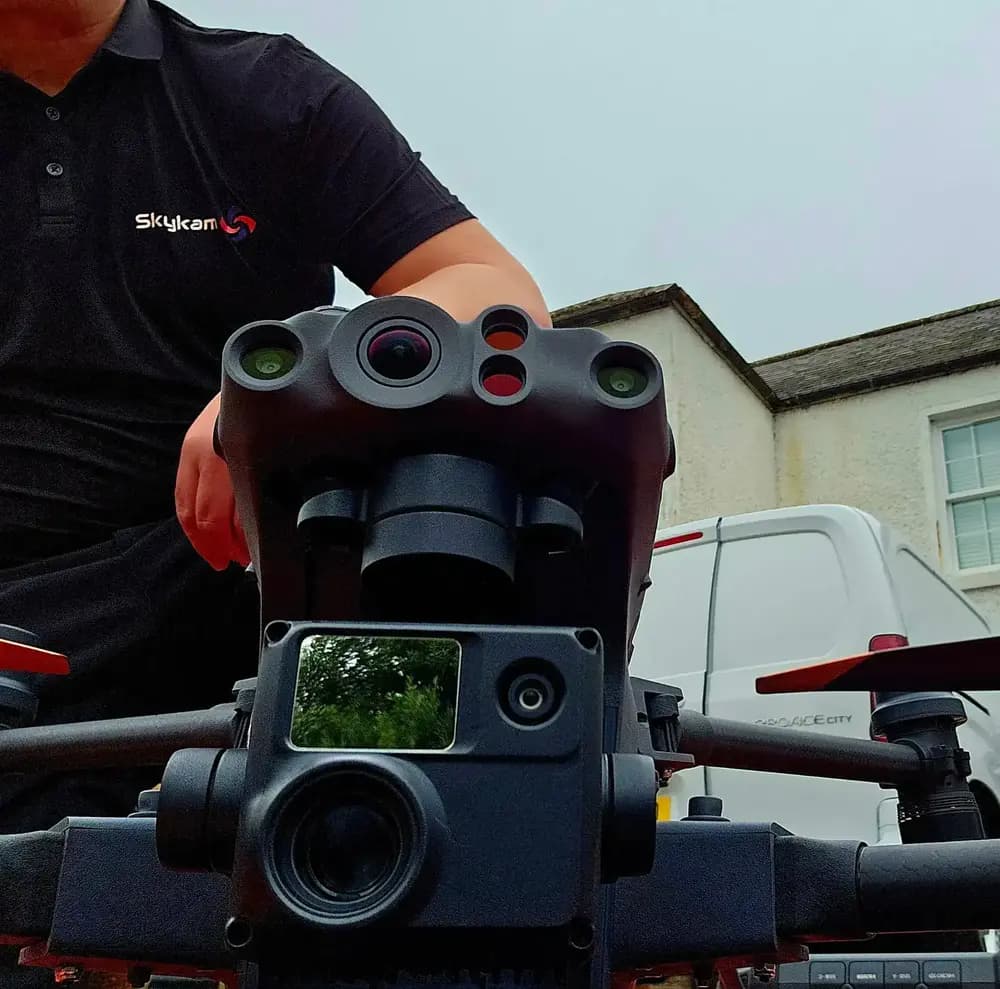
Key Benefits Of Drone Geo Fencing
By creating invisible boundaries, drone geo-fencing significantly boosts aviation safety. It automatically prevents your drone from entering designated no-fly zones, ensuring you don't accidentally fly near airports or critical infrastructure. This helps you stay compliant with regulatory requirements established by authorities like the CAA.
For autonomous operations, it's an indispensable failsafe. You can trust the technology to control your drone's location and altitude without needing constant direct human intervention.
Geo-fencing also simplifies managing a fleet. You can operate multiple drones simultaneously, confident each one will respect airspace restrictions. While some manufacturers implement rigid systems you can't disable, others provide crucial flexibility.
With certain brands like Autel, you can override restrictions if you have the proper authorization. This gives you the freedom to fly missions legally in otherwise restricted zones, ensuring you’re not unnecessarily limited by the system when you have permission.
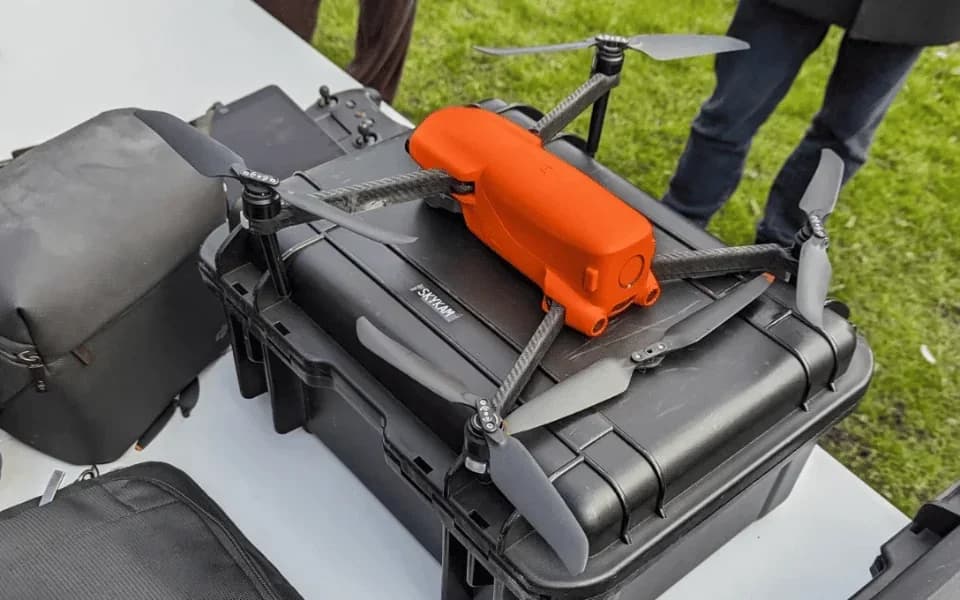
DJI Has Removed Geo Fencing From UK Drones
Previously, DJI's geo-fencing system prevented drones from taking off or flying in restricted areas marked as red zones, blue authorization zones, grey altitude zones, and yellow warning zones. Operators had to request unlocks from DJI via email or online verification to fly in these areas.
Now, these restrictions have been removed from DJI Fly, DJI GO 4, and DJI Pilot apps. Areas that were once hard-restricted zones are now displayed as Enhanced Warning Zones (shown in orange). When you fly in these zones, you receive an in-app alert and must acknowledge liability disclaimers, but the drone will not be prevented from taking off or flying.
Why DJI Made the Change
DJI cited several reasons for removing geo-fencing: no regulatory agencies have mandated it as a requirement, the system could be easily circumvented by bad actors, and it was impeding emergency responders and public safety operations who needed immediate drone access during time-critical situations.
The company also noted that other drone manufacturers, particularly French and American brands, never implemented similar geo-fencing systems.
What This Means for UK Drone Pilots
You now have more freedom to fly without requesting unlocks from DJI, but you remain fully responsible for complying with UK CAA regulations and local airspace restrictions.
The removal of DJI's geo-fencing does not change UK drone laws—you must still obtain proper authorizations, maintain appropriate licenses (Flyer ID, Operator ID, A2 CofC if required), and avoid restricted airspace unless you have official permission from the UK CAA or relevant authorities.
Frequently Asked Questions
Can I Disable My Drone's Geofencing?
You generally can't disable your drone's geofencing with a simple switch. For most major brands, completely removing it requires risky third-party hacks that'll void your warranty and may even be illegal. The proper method, if you have authorization to fly in a restricted zone, is to request a temporary "unlock" directly from the manufacturer. It's the only official way to fly in these areas while keeping your drone's software and warranty intact.
How Do I Get Authorization to Fly in a Restricted Zone?
You’ll need to get official CAA permission to fly in a restricted zone. You can apply for this directly via the CAA's online portal or, in some cases, through drone flight planning apps that help manage the application process. For some drone models, you'll also need to submit your CAA permission to the manufacturer to receive a separate unlock code for the flight.
What Are the Penalties for Ignoring a Geofence?
You're facing serious penalties if you ignore a geofence. The CAA can impose steep civil fines that often reach thousands of pounds. Depending on where you fly, you could also face criminal prosecution, which may include jail time. On top of that, you risk the CAA revoking your A2 CofC or GVC operational authorisation if you're a certified drone pilot. Authorities can even confiscate your drone. It's a violation with significant consequences that isn't worth the risk.
Can I Create My Own Custom Geofences?
Yes, you can create your own custom geofences. You’ll use your drone manufacturer’s software, like DJI’s Fly Safe portal, or a third-party application to draw these boundaries. This allows you to set your own flight ceilings, perimeters, or personal no-fly zones on a map. It’s a powerful tool that gives you precise control, ensuring your drone operates only within the specific areas you've defined for a job, event, or practice session.

What if I Believe a Geofence Is Inaccurate?
If you believe a geofence is inaccurate, you should report the error to the platform’s administrator. For your drone, you'll contact the manufacturer directly through their website. Most have an online portal for submitting an "unlocking request" for that specific zone. You’ll need to provide valid documentation proving the geofence is wrong or that you have official authorization to fly there. Be prepared to submit your drone’s serial number with your request.
Navigate Geo-Fenced Airspace with a Professional Drone Pilot
Geo-fencing is crucial for drone safety, but it can present significant operational hurdles when your project is located within a restricted zone. Gaining the necessary permissions and technical unlocks requires specific knowledge and experience, a point where professional expertise becomes invaluable.
Instead of navigating the complex regulations and manufacturer systems yourself, you can connect with an expert who does it every day. As the UK's premier managed marketplace, HireDronePilot specialises in connecting businesses with verified professional drone pilots for hire.
Our network includes certified drone pilots holding GVC qualifications, with proven experience in obtaining CAA flight authorisations and managing geo-unlock procedures for projects near airports, in city centres, and around critical infrastructure. Our platform helps you streamline drone services through competitive bidding from qualified local drone pilots, ensuring quality, compliance, and value for every aerial project across the United Kingdom. You can hire a qualified UK drone pilot who has the skills to manage geo-fenced flights safely and legally.
Don't let airspace restrictions ground your project. Post your job on HireDronePilot today to receive competitive quotes from experts ready to handle the complexities for you.
About the Author

Written by
Peter Leslie
Peter Leslie is a CAA-approved commercial drone pilot with 10+ years experience and over 10,000 flight hours. He holds the GVC and A2 CofC drone licences with full CAA Operational Authorisation. Peter is a member of ARPAS-UK, the UK's non-profit trade association for the drone industry. He founded HireDronePilot to connect UK businesses with qualified, insured drone operators.
Looking for More Drone Work?
Join the UK's leading network of professional drone pilots and grow your business.
Open Access
Bid on any job - all jobs open to all pilots
Grow Revenue
Access high-value commercial projects
Stay Busy
Fill your schedule with regular work
Related Articles

Our Drone Survey Service In Stirling, Scotland
Bringing you Stirling drone survey data from areas no one else can fly.

How Much Does A Drone LiDAR Survey Cost
Forecasting your drone LiDAR survey cost requires understanding what's hidden beyond the initial quote.

Step By Step Process Of Drone LiDAR Survey
Next, discover the crucial post-flight steps that determine your survey's success.
